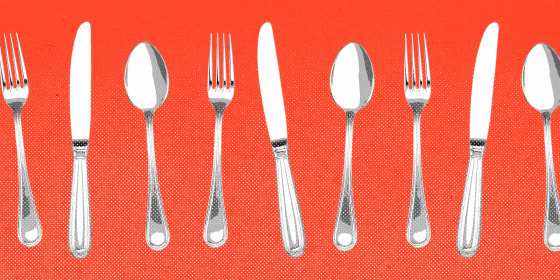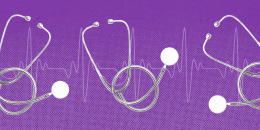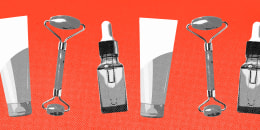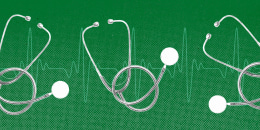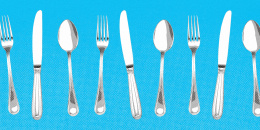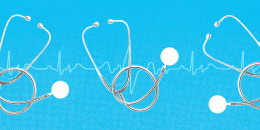Recently it seems like the entire wellness world has become obsessed with protein. From sugar-packed protein bars to popcorn fortified with the important macronutrient, you might be surprised to learn that most Americans actually get plenty of protein in their diets or even eat excess amounts.
Still, high-protein diets are all over TikTok and other social media platforms, with supporters claiming they can help with energy, muscle-building and more. While protein can help you feel full and is crucial for many roles in the body, there are some risks associated with eating too much protein, such as kidney problems, dehydration and digestive issues.
And focusing on protein may lead you to deprioritize other equally important nutrients, which can be a big problem.
Dietitian Tip of the Day: Include Fiber in High-Protein Diets
“A lot of times when people are on a high-protein diet, they’re eliminating other sources of food,” Christina Fasulo, a dietitian at UCLA Health, told NBC News. “Most people need to have a set amount of fiber in their diet, and a lot of that is getting displaced by a high protein diet.”
Americans should be consuming 25-38 grams of fiber per day, but 5% of men and 9% of women consume the recommended amount of fiber daily.
Why It Matters
Eating enough fiber — both soluble and insoluble — improves health in a variety of ways.
Soluble fiber, the type found in seeds, beans and lentils, “is kind of like a sponge, where it’s slowing things down that are passing through our digestive tract,” Fasulo said. Whereas, insoluble fiber, present in vegetables and whole grains, pushes food through the digestive system.
Adequate fiber intake promotes healthy bowel habits, controls blood sugar, supports a healthy gut microbiome, lowers rates of colon cancer and possibly contributes to reducing chronic disease, such as diabetes. It also prevents constipation, which can feel uncomfortable, and can be common a meat-heavy diet.
How to Get Started
You can gradually incorporate more fiber into your meals to build up your intake without causing digestion issues.
Dr. Olufemi Kassim, a gastroenterologist at Northwestern Medicine, suggests starting by adding one high-fiber food to each meal.
“If you can hit 20 to 30 grams of fiber from food, that’s ideal,” Kassim told NBC News. “You’re not just getting the benefit from fiber from eating an apple a day, but you’re also getting all the great micronutrients like vitamins.”
Some accessible and nutritious high-fiber foods to start adding to your diet include:
- Broccoli
- Oats
- Cauliflower
- Sweet potatoes
- Avocado
- Raspberries
- Sweet potatoes
- Chia seeds
- Chickpeas
- Lentils
- Apples
- Pears
- Black beans
- Dates
- Air-popped popcorn
- Flax seed
- Beets
- Almonds
- Peas
- Cabbage
- Brown rice
TODAY’s Expert Tip of the Day series is all about simple strategies to make life a little easier. Every Monday through Friday, different qualified experts share their best advice on diet, fitness, heart health, mental wellness and more.
